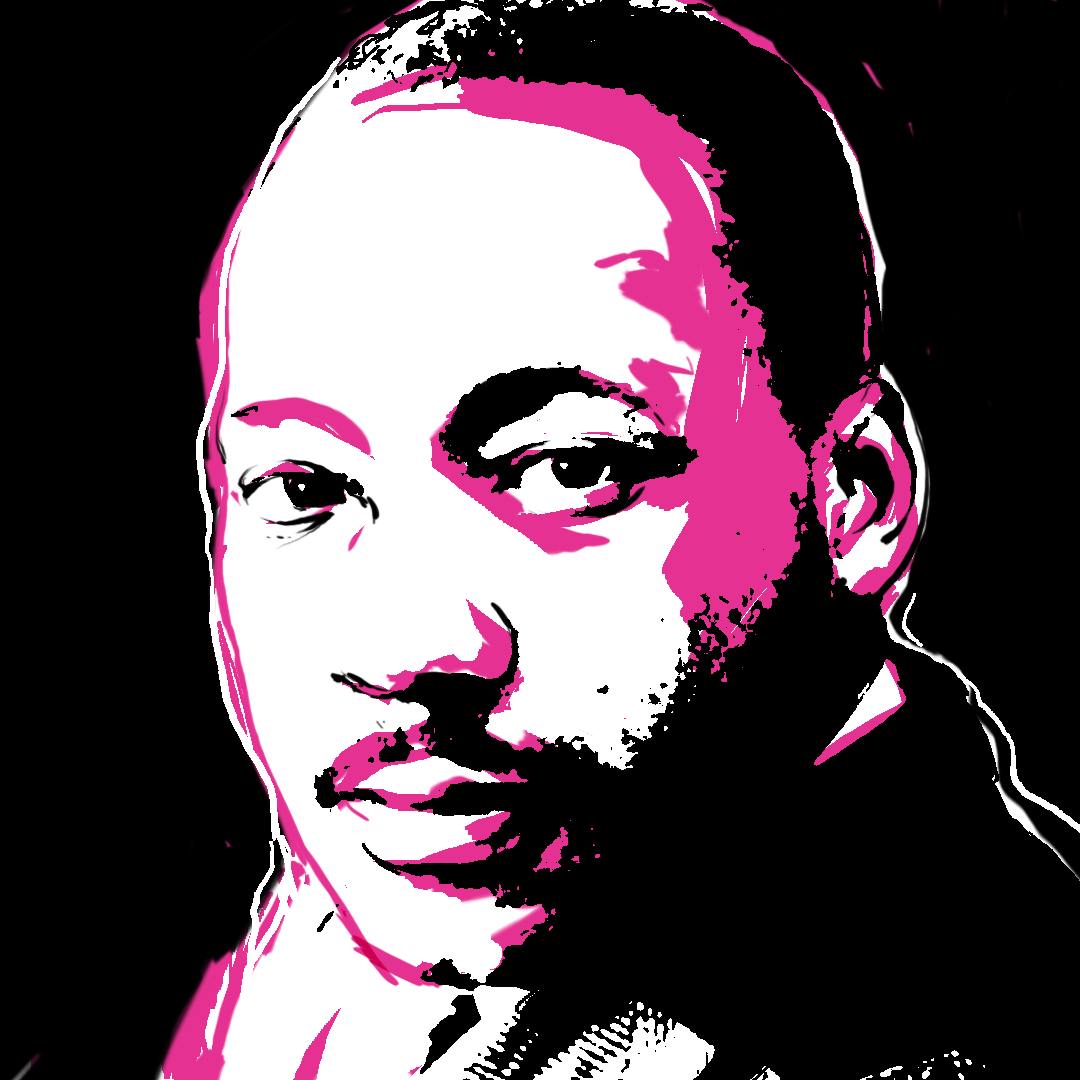Every third Monday of January is Martin Luther King Jr Day; a day celebrating his life and achievements.

Did you know that MLK was the youngest person to have been awarded the Nobel Peace Prize in 1964 and that there are over 700 streets named after him in America?
Read on to find out his story.
Martin Luther King Jr was born 15 January 1929. He did extremely well at school and college, and followed in the footsteps of his father and grandfather, becoming a pastor.
Whilst studying for a doctorate in Systematic Theology, he met Coretta Scott, a young singer from Alabama who was studying at the New England Conservatory of Music. The couple wed in 1953 and settled in Montgomery, Alabama, where King became pastor of the Dexter Avenue Baptist Church. They went on to have four children: Yolanda Denise King, Martin Luther King III, Dexter Scott King and Bernice Albertine King.
After living in Montgomery for less than one year, the city had already become the epicentre for a race war. Rosa Parks famously refused to stand on the bus for a white person, and so the Bus Boycott began, lasting for 381 days. It was run by the NAACP (National Association for the Advancement of Coloured People) of which Rosa Parks and MLK were both members. They chose MLK as their spokesman, and so he led their campaign and peaceful protest.
Despite suffering from racial prejudices himself, including white supremacists firebombing his home, MLK led the boycott to success. Inspired by the teachings of Ghandi, MLK became an internationally recognised figure for peaceful protest, and the segregation on buses was outlawed in 1956.
Following this he helped to found the SCLC in 1957, the Southern Christian Leadership Conference; a group dedicated to advancing the rights of black people through non-violent protest. He became their president, attending rallies and protests promoting the cause.
In 1960, he and his family returned to Atlanta, his native city, where he became a co-pastor with his father. This did not keep him from his duties with the SCLC however, and in the 11 year period between 1957 and 1968, he travelled over six million miles and spoke over 2500 times, appearing wherever there was need for action and change. He also wrote numerous books and articles.
In 1963, he was particularly challenged by a large-scale protest in Birmingham, involving sit-ins, a boycott and marches to campaign against segregation. He was arrested for his involvement, and penned what became known as The Letter from Birmingham Jail, outlining the civil rights manifesto, defending his tactics to a group of white clergymen who had criticised him.
Late that year, he led the March on Washington, one of the largest civil rights marches, attended by over 200,000 people, protesting for jobs and freedom for African Americans. It was during this protest that he performed his famous I Have A Dream Speech, widely considered to be one of the greatest works of rhetoric of all time.
The speech and march cemented King’s reputation at home and abroad; later that year he was named “Man of the Year” by TIME magazine and in 1964 became the youngest person ever awarded the Nobel Peace Prize. When notified of his selection, he announced that he would turn over the prize money of $54,123 to the furtherance of the civil rights movement.
His work had not gone unnoticed, however, and King was aware of this. He had the premonition that his life was going to be cut short due to his work.
He was right; he was assassinated on 4 April 1968 as he stood on the balcony of his hotel room in Memphis, where he was to lead a protest for sanitation workers who had gone on strike.
